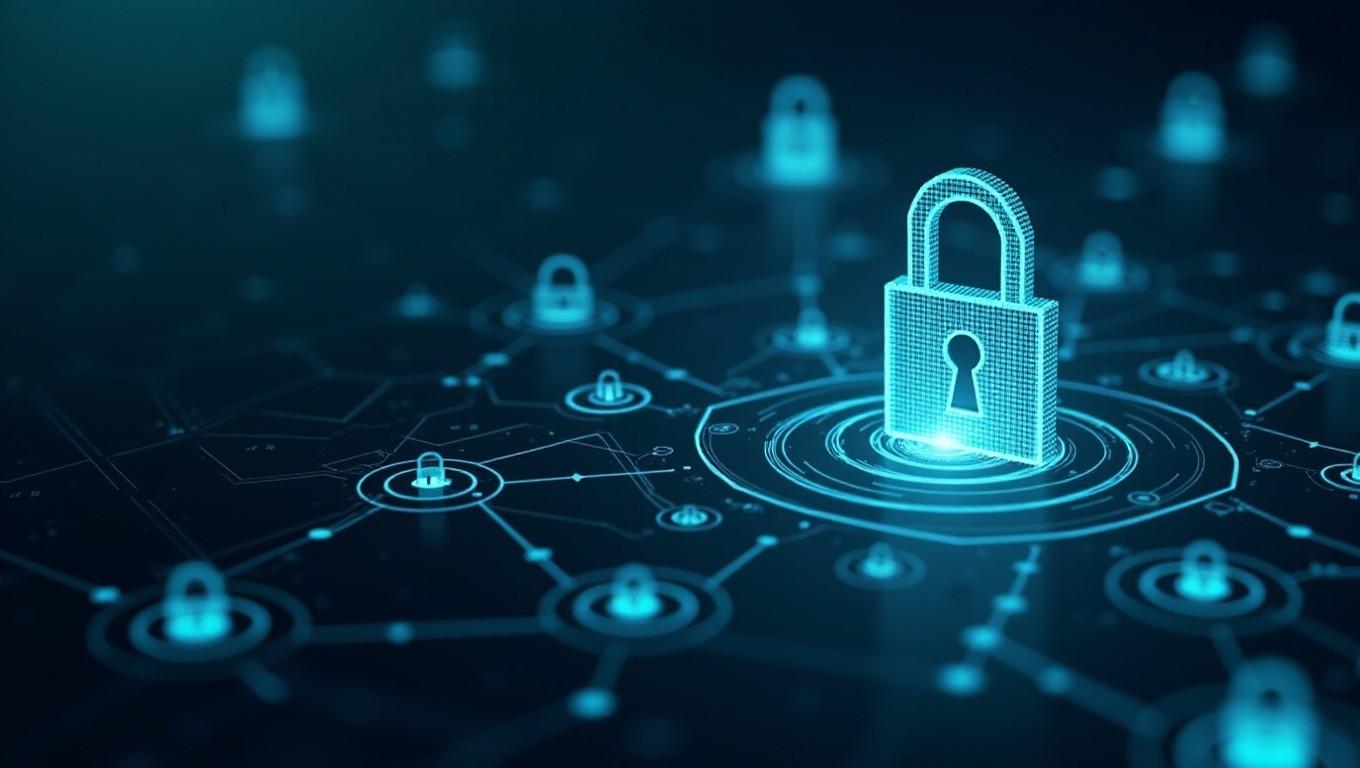In 2025, one of the most pressing concerns in cybersecurity is the rise of IMSI-catchers. These devices pose a hidden threat to mobile phones by mimicking legitimate cell towers and tricking nearby phones into connecting to them. Let’s explore what IMSI-catchers are, how they work, and what you can do to protect yourself.
What is an IMSICatcher?
An IMSI (International Mobile Subscriber Identity) is a unique identifier stored on your SIM card. It acts like the fingerprint of your SIM card, used by telecom providers for authentication and routing communications. An IMSI-catcher operates similarly to a legitimate cell tower but with malicious intent.
While initially targeted at older networks such as 2G, these devices have evolved to exploit vulnerabilities in modern 3G and 4G LTE networks. Even though 5G incorporates advanced security features like mutual authentication, potential risks still persist depending on network configurations.
An IMSI-catcher can capture your phone’s IMSI and IMEI (International Mobile Equipment Identity), which identifies your physical device. This capability allows hackers to track your location by pinpointing where you are based on the signal strength of the fake tower.
What Can Hackers Do With Your Phone Number?
Hackers can use phone numbers for various nefarious activities, such as identity theft or targeted phishing attacks. For instance, they might gather metadata like call logs and the numbers you communicate with. To understand more about what hackers can do with your phone number, visit this link.
1. Tracking Your Phone’s Location
Once connected to an IMSI-catcher, the device can track your phone’s general location by capturing your IMSI and IMEI. Some advanced devices may also capture more detailed data such as call logs and messages.
2. Intercepting Metadata
- Call Logs: Hackers can easily access your call history, including the numbers you’ve called or received calls from.
- SMS Messages: They can intercept SMS-based one-time passwords (OTPs) if your communications are intercepted on less secure networks. However, messaging apps with end-to-end encryption like Signal and WhatsApp provide a safer alternative.
3. Exploiting OTPs
One of the most critical risks is the interception of SMS-based one-time passwords (OTPs). These are used for authentication in many services, including banking and email accounts. Once intercepted, these OTPs can be used to gain unauthorized access to sensitive information.
Protecting Yourself From IMSI-Catchers
To safeguard your phone and sensitive data from IMSI-catchers, consider the following steps:
Use Authenticator Apps
Avoid SMS-based OTPs for authentication. Instead, use apps like Authy or Google Authenticator which don’t rely on potentially insecure cellular networks. These apps generate unique codes that can’t be intercepted by IMSI-catchers.
Opt For Encrypted Communication
Messaging apps with end-to-end encryption provide a secure way to exchange sensitive information. Even if intercepted, the data cannot be easily decrypted. Popular options include Signal and WhatsApp.
Monitor Suspicious Activity
- Sudden Signal Fluctuations: Be cautious of unexpected changes in signal strength or frequent reconnections.
- Dropped Calls: If you experience more dropped calls than usual, it may indicate the presence of an IMSI-catcher nearby.
Use Airplane Mode
If you suspect your phone is connected to an IMSI-catcher, switch to airplane mode immediately. This will cut off all network connections until you can verify that you’re in a secure location.
Leverage 5G Networks
Whenever possible, use devices and carriers supporting 5G networks. The enhanced security features of 5G make it more resilient to IMSI-catcher attacks compared to older network technologies.
The Philippine Authorities Crack Down on IMSI-Catchers
In recent news, the Department of Information and Communications Technology (DICT) has intensified its efforts to combat the misuse of IMSI-catchers. The authorities are particularly concerned about their use during election campaigns.
On January 22, 2025, DICT Secretary Ivan John Uy warned potential May poll aspirants against using IMSI-catchers for text blasting and other illicit activities. He emphasized that these devices could lead to sanctions if found in the possession of any political candidate.
The Case of the Malaysian Suspect
On January 21, 2025, a 46-year-old Malaysian was arrested for allegedly supplying IMSI-catchers used in scamming operations. Authorities confiscated various devices from him including an SMS machine blaster known as “Octopus 5G.” The suspect faces charges under the Cybercrime Prevention Act and other related laws.
CICC Executive Director Alexander Ramos explained that these sophisticated devices are typically smuggled into the country and pose a significant risk to public safety. He advised the general populace to remain vigilant and report any suspicious activities, such as individuals wearing backpacks or vehicles circling an area repeatedly.
Coordinating with International Authorities
The DICT is coordinating closely with Malaysian authorities and other international agencies to trace those who purchased these devices. They are also investigating the supply chain to prevent similar incidents in the future.
Tips for Staying Safe from IMSI-Catchers
To mitigate risks posed by IMSI-catchers, individuals should adopt best practices:
1. Stay Informed
Keep up-to-date with news and advisories about IMSI-catchers to understand the evolving threat landscape.
2. Use Secure Authentication Methods
- Multi-Factor Authentication (MFA): Implement MFA wherever possible, using methods like biometrics or authenticator apps instead of SMS-based OTPs.
- Password Managers: Utilize password managers to create strong and unique passwords for different services.
3. Educate Yourself and Others
Educating yourself about the risks associated with IMSI-catchers can help you stay vigilant and protect your personal information. Share this knowledge with friends, family, and colleagues to create a safer digital environment collectively.
By understanding how these devices operate and adopting secure communication practices, we can significantly reduce our vulnerability to IMSI-catcher attacks. Stay informed, use encrypted tools, and prioritize advanced authentication methods to stay ahead of this invisible threat.
For more detailed information on cybersecurity measures and the latest updates on IMSI-catchers, visit this source.
